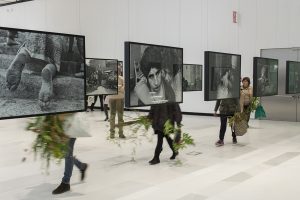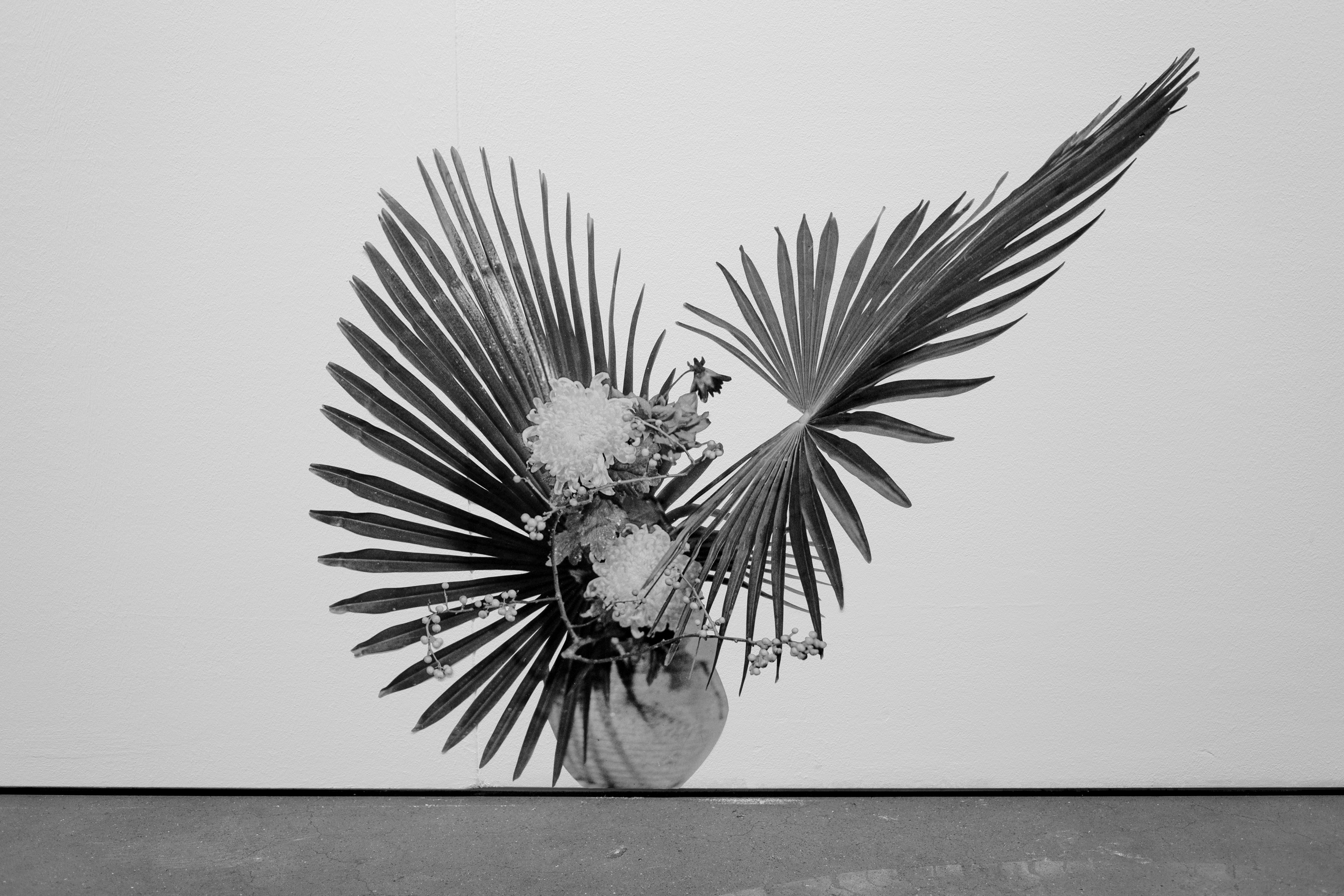MARTINA DELLA VALLE
> Daniele de Luigi in dialogue with Martina della Valle <
DdL: Since the beginning of your career, the central topic of your research has always been the photographic image; on one side, there’s a keen attention to those experimental practices from the Sixties and the Seventies that used to inspect photography as a social expression. On the other side, the experimentations concern also the techniques involved – often neglected in those decades that it was considered too linked with craftmanship. What is photography for you?
MDV: My research is often a consequence of fortuitous discoveries or encounters that, through my work, are made visible and archived in order to prove their physical existence, as well as their emotional, historical, and social value. In a moment when the photographic image is overproduced and increasingly depreciated, the act of recovering the artisan value and the non-reproducibility of the images (by using still frames, for instance) offers me multiple opportunities for formal and conceptual discoveries. I appreciate adding unpredictable factors to the automatism of the picture-making process, factors that are connected to a specific space or act and whose final result is unique.
DdL: You have a strong bond with Japan, a country in which in 2009 you were assigned a residency and where you went back also during the following years. What kind of similarities does your sensibility share with Japanese culture? And how was your work influenced by the experience?
MDV: Japan and, in particular, the city of Onomichi have precisely been a fortuitous encounter; I allowed myself to be completely shocked – at first – and then surprised by what I experienced during the one-month residency I was offered at the University of Onomichi. The two periods I spent in Japan, in 2009 and in 2015, have been incredibly useful to collect visual inspiration and to reflect also on other topics and landscapes that are closer to ours. Too many things caught my attention there, from the strong aesthetic sense that seems to permeate the daily life, to the capacity of conferring a value even to the smallest things.
DdL: Your recent project Wabi-Sabi put you in contact with the topic of nature through a workshop that involved also the urban space. What role plays this workshop in your research and how you’ll develop it?
MDV: My project Wabi-Sabi, exhibited at Metronom and at Dryphoto Arte Contemporanea in the last year, had its starting point in a series of negatives I found, depicting Ikebana compositions. Therefore, I started researching more on this traditional technique, and I discovered a number of things in common with my own research. The process is composed by observation, at first, and then appropriation of something, present in nature, that is subtracted from its original context. Ikebana deals with the relationship between man and nature, and with the beauty that houses what is imprecise, but unique and charged with narrative value. The research was enriched by the collaboration with Rie Ono, botanical artist and Ikebana expert, thanks to which the ‘One flower, one leaf’ workshop took shape. The participants are invited to analyse the borders of urban vegetation and the species that are typical of these places and, with the materials that are collected there, they will produce flower arrangements that are proper of that location. The first workshop took place in Prato during my solo show at Dryphoto, and the second one at MAXXI, in Rome at the beginning of December. More will follow during the next year. A photographic series of these compositions will then create my own archive as a collection of ideal plant portraits from diverse urban territories and during different seasons seen from the eyes of the participants of the workshop.

Workshop ‘One flower, one leaf’ conduced by Martina della Valle and Rie One, MAXXI Rome (December, 2016)
Cover image: Martina della Valle, Wabi – Sabi, installation view for the show ‘Through the Looking Glass’, Metronom (Modena, 2016)
© Martina della Valle, 2015
07/12/2016

